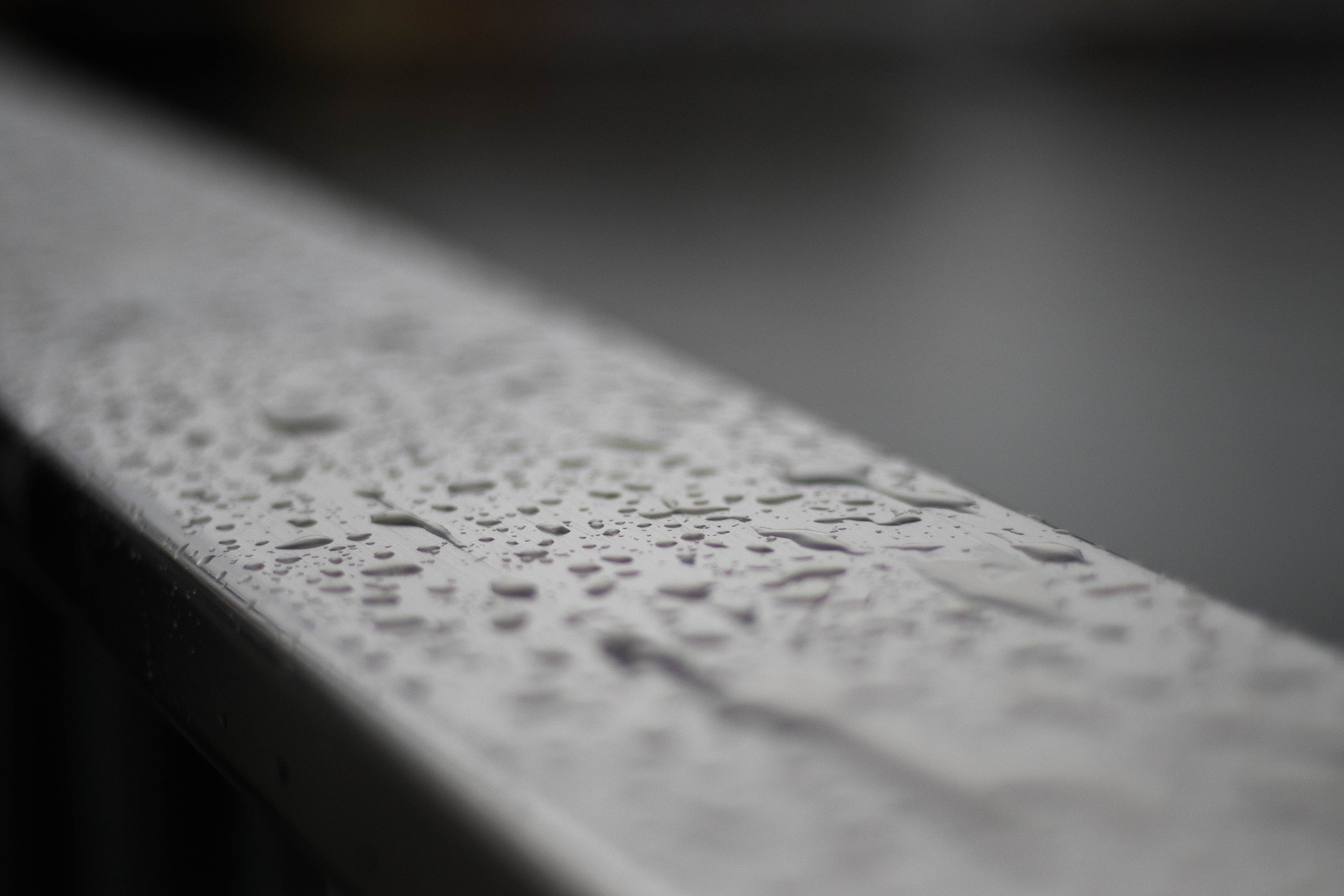
Attic rain, also known as condensation, can cause serious damage to your Schumacher Homes custom home if left unchecked. It occurs when warm, moist air from inside your home rises into the attic and condenses on cold surfaces, such as the roof or insulation. To prevent attic rain and protect your property from water damage, follow these simple steps.
Understand What Attic Rain is and How it Forms
Attic rain, also known as attic condensation, occurs when warm, moist air from inside your home rises into the attic and comes into contact with cold surfaces, such as the roof or insulation. This causes the moisture in the air to condense into water droplets, which can lead to water damage and mold growth if left unchecked. Understanding how attic rain forms is the first step in preventing it from happening in your home.
Ensure Proper Ventilation in Your Attic
One of the most important steps in preventing attic rain is ensuring proper ventilation in your attic. This means having both intake vents, which allow fresh air to enter the attic, and exhaust vents, which allow stale air to exit. Without proper ventilation, warm, moist air can become trapped in the attic, leading to condensation causing you to be victims of water damage. Make sure to have a professional inspect your attic ventilation system to ensure it is working properly and efficiently.
Insulate Your Attic to Prevent Temperature Fluctuations
Another key step in preventing attic rain is to properly insulate your attic. This helps to regulate the temperature in the space, preventing extreme fluctuations that can lead to condensation and cause you to be victims of water damage. Make sure to use insulation with a high R-value, and consider adding additional insulation if your current insulation is insufficient.
Seal Any Air Leaks in Your Attic
Air leaks in your attic can contribute to the formation of attic rain by allowing warm, moist air to enter the space. This can lead to condensation and cause you to be victims of water damage. To prevent this, inspect your attic for any gaps or cracks where air may be entering. Common areas to check include around vents, pipes, and electrical wiring. Use caulking or foam insulation to seal any gaps or cracks you find. This will help to keep your attic dry and prevent you from being victims of water damage.
Regularly Inspect Your Roof and Gutters for Damage or Blockages
In addition to sealing air leaks in your attic, it’s important to regularly inspect your roof and gutters for any damage or blockages. A damaged roof or clogged gutters can lead to water buildup and leaks, which can contribute to attic rain. Make sure to clear any debris from your gutters and check for any missing or damaged shingles on your roof. If you notice any issues, it’s important to address them promptly to prevent further damage resulting in horror stories.
By taking these steps, you can help to prevent attic rain and avoid moisture horror stories problems in your attic.